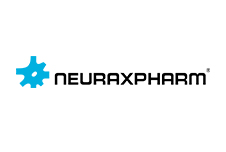Methocarbamol 1500 mg film-coated tablets
Active Ingredient:
Company:
ATC code:
M03BA03
About Medicine
Prescription only medicine
My Account Area

Neuraxpharm UK Ltd


Address
Neuraxpharm UK Ltd, Suite 2, Arlington Flex, Third Floor, Building 1420, Arlington Business Park, Theale, Reading, Berkshire, RG7 4SA, UK
Telephone
0118 211 4039
E-mail
[email protected]
Adverse event reporting email
[email protected]
Medical Information e-mail
[email protected]
